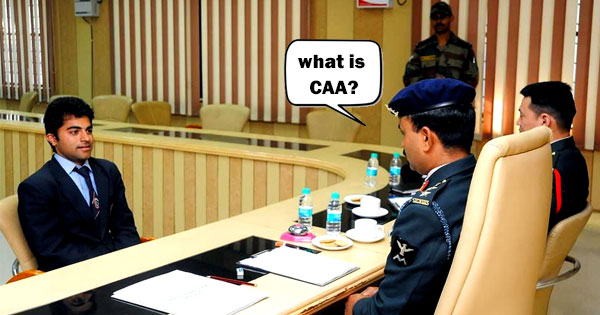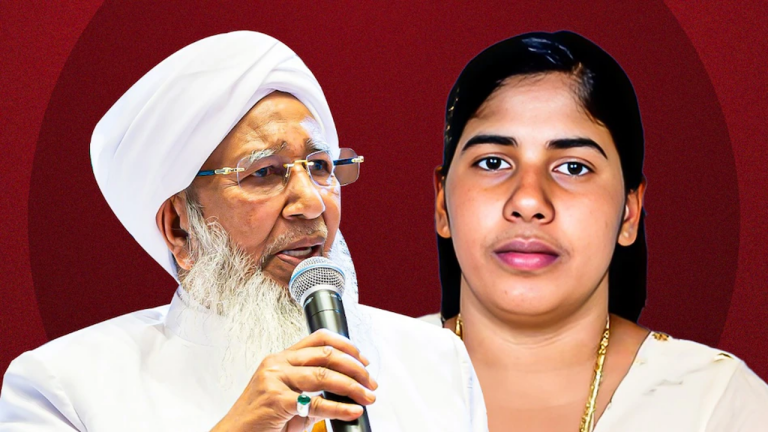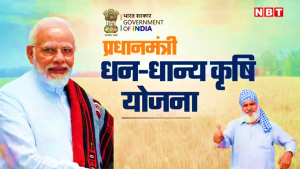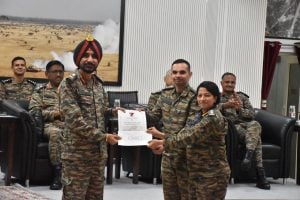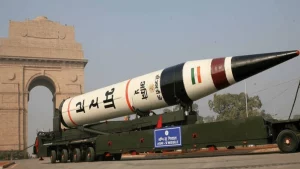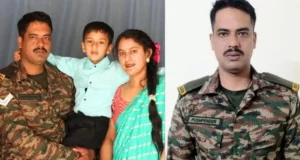Like NRC topic, CAA is another hot topic in the country and questions from CAA are being faced by defence aspirants in the personal interview. A few aspirants think that CAA is political stuff and it will not be asked, no, CAA is not a political thingy like you see in media, it is under the constitution and every responsible citizen of the country especially the future leaders must know what is CAA. So for the defence aspirants who are going to write their defence exams or going to face the SSB interview in the near future, here are 12 key points about CAA that will help you to answer any current affairs question related to CAA (Citizenship Amendment Act).
So here are 12 important facts about CAA that will help you to answer any question on CAA that you might face in SSB interview
1. The Citizenship Act, 1955 provides for acquisition, determination, and termination of Indian citizenship. Citizenship of India can be acquired by Birth (Section-3), by descent (section 4), by registration (section 5), or by naturalization (section 6)or by incorporation of territory (section 7). Any foreigner on becoming eligible can acquire citizenship by registration or by naturalization irrespective of his country or his community
2. The Citizenship (Amendment) Act, 2019 (CAA) enables migrants/foreigners of six minority communities from three specified countries who have come to India because of persecution on grounds of their religion to apply for Indian citizenship. It does not amend any existing legal provision which enables any foreigner of any class, creed, religion, category, etc to apply for Indian citizenship through registration or naturalization modes. Such a foreigner has to become eligible to apply for citizenship after fulfilling the minimum legal requirements.
3. The CAA does not apply to Indian citizens. They are completely unaffected by it. It seeks to grant Indian citizenship to particular foreigners who have suffered persecution on grounds of their religion in three neighbouring countries.
4. During the last six years, approximately 2830 Pakistani citizens, 912 Afghani citizens, and 172 Bangladeshi citizens have been given Indian citizenship. Hundreds of them are from the majority community of these three countries. Such migrants continue to get Indian citizenship and shall also continue to get it if they fulfil the eligibility conditions already provided in the law for registration or naturalization. About 14,864 Bangladeshi nationals were also granted Indian citizenship after incorporating more than fifty enclaves of Bangladesh into Indian territory post the boundary agreement between the two countries in 2014.
5. The Citizenship (Amendment) Bill has been in the public domain since 2016. It was cleared by a 30-member Parliamentary Committee consisting of Lok Sabha and Rajya Sabha members. The present Act is broadly based on the same Bill.
6. By amending the appropriate rules during 2015-16 the Govt. of India had already legalized entry as well as the stay of such foreign migrants belonging to six minority communities from these three countries who had come into India up to December 2014 because of persecution on grounds of religion. The Government of India had made such migrants also eligible for grant of Long Term Visa (LTV) to stay in India for a long time. The CAA now enables them to take Indian citizenship if they fulfil conditions/qualifications for such citizenship provided they migrated from these three countries before 31st December 2014.
7. On different occasions, special provisions have been made by Govt. of India in the past also to accommodate the concerns of stay and citizenship of foreigners of Indian origin who had to flee to India. For example, Article 6 of The Constitution of India provides that a person who has migrated to India from Pakistan before 19th July 1948 shall be deemed to be an Indian citizen. Secondly, even if he has migrated on or after this date he was registered as an Indian citizen after staying for only six months in India.
8. Similarly, 4.61 lakh Tamils of Indian origin were given Indian citizenship during the years 1964-2008 after the signing of international agreements in 1964 and 1974 between the two countries. Presently, about 95 thousand Sri Lankan refugees are living in Tamil Nadu. They are being given rations, doles and other facilities by Govt. of India and Govt. of Tamil Nadu. They can apply for Indian citizenship as and when they become eligible to do so.
9. During 1962-78 more than two lakh Burmese of Indian origin fled from Burma after many trades and businesses were nationalized there and properties of such Indians were forcibly taken by the State. They were settled in various parts of India.
10. In 2004, the Central Government delegated the power to grant citizenship by registration to six collectors of Gujarat and Rajasthan states and Government of Gujarat in respect of Hindu migrants displaced due to 1965 and 1971 wars or those Hindu migrants who had migrated from Pakistan five years back. This delegation of power was initially for one year but the same was extended for another year in 2005 and then again in 2006.
11. The CAA does not target any religious community from abroad. It only provides a mechanism for some migrants who may otherwise have been called “illegal” depriving them of the opportunity to apply for Indian citizenship provided they meet certain conditions. The Central Government will frame rules to operationalize the provisions of the CAA. No migrant from these communities will become an Indian Citizen automatically. He will have to apply online and the competent authority would see whether he fulfils all the qualifications for registration or naturalization as an Indian citizen.
12. The CAA protects the interests of the tribals and indigenous people of the North-Eastern region by excluding areas under the Sixth Schedule of the Constitution and areas covered by the Inner line Permit system. Such migrants living in these areas will not be able to apply for Indian citizens. So, there is no question of any influx of foreigners swamping the indigenous population. The CAA provides a cut-off date of 31st December 2014. Such migrants are therefore already in India for the last several years.


